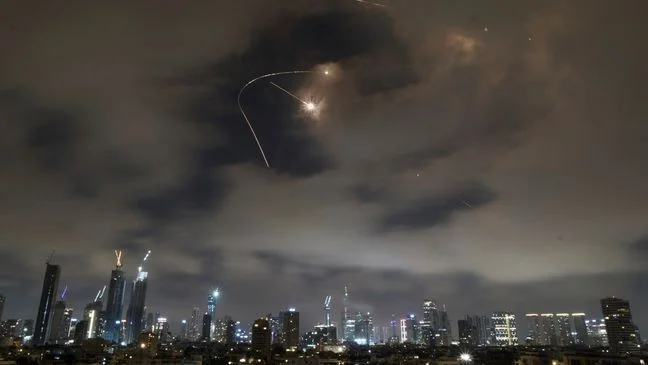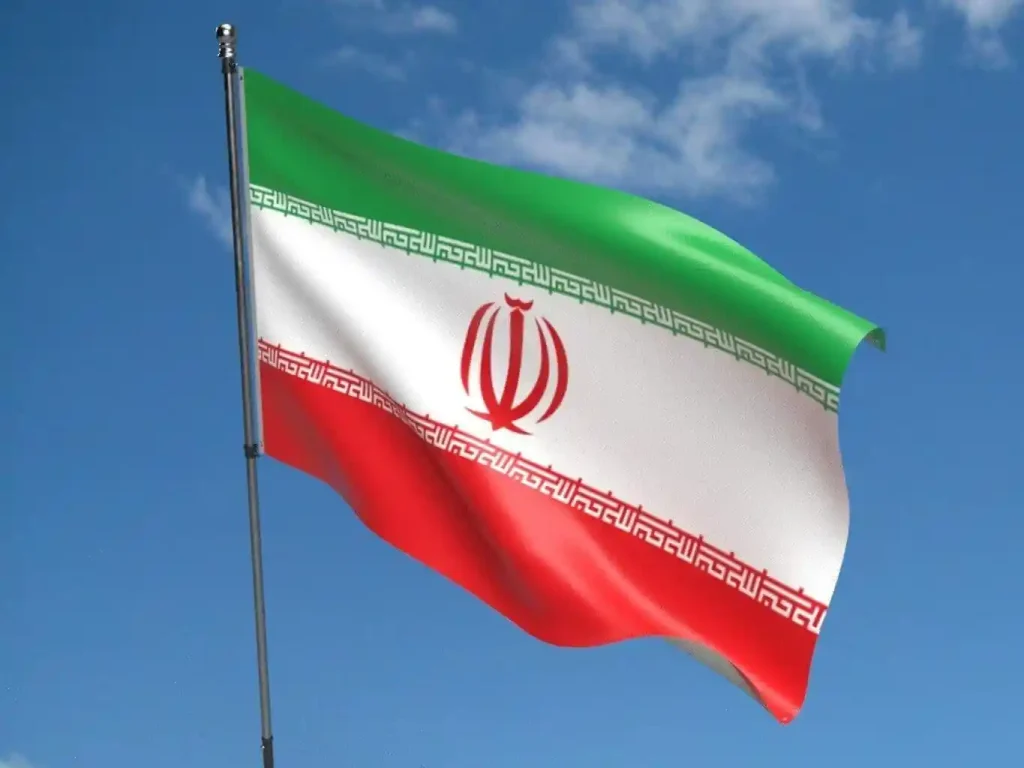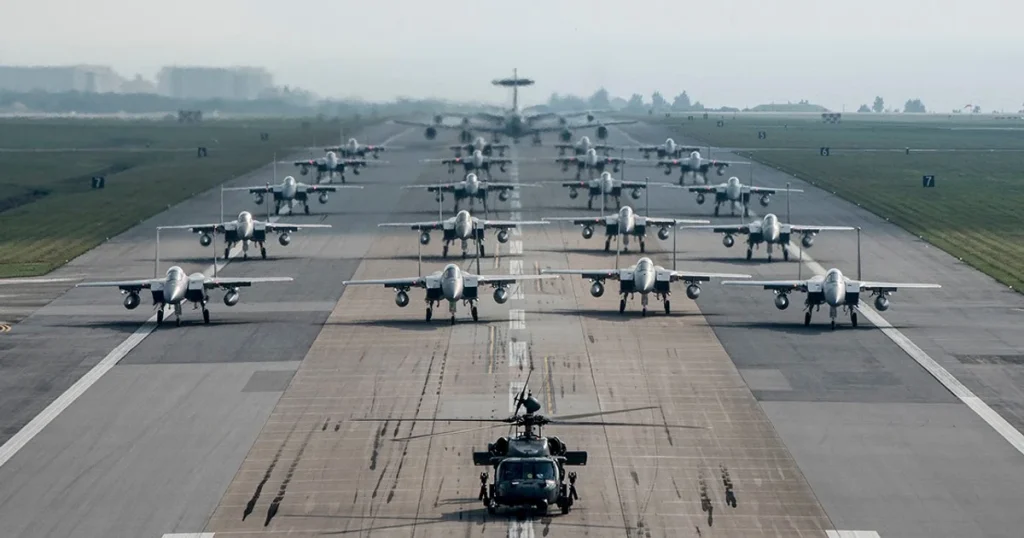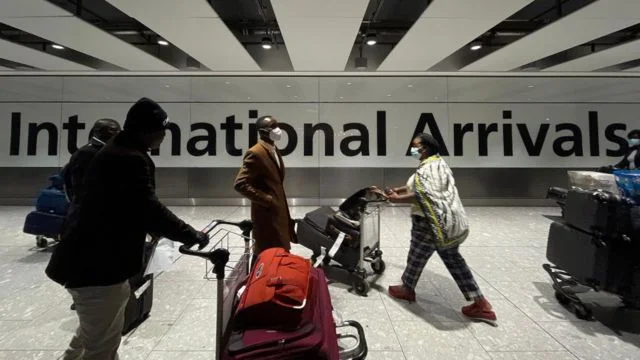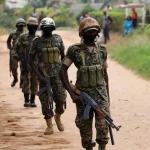U.S. forces launched airstrikes on three Iranian nuclear facilities—Natanz, Fordo, and Isfahan—early Sunday, June 22, 2025, marking a dramatic escalation in the ongoing Israel-Iran conflict.
President Donald Trump called the strikes, codenamed Operation Midnight Hammer, “very successful,” with Fordo as the primary target.
The attacks follow Israel’s June 13 surprise strikes on Iranian sites, which it claimed were necessary to prevent Iran from developing nuclear weapons.
Iran’s Atomic Energy Organization confirmed the attacks but reported no radioactive contamination at the sites, with its National Nuclear Safety System Center stating that radiation detectors showed no release of hazardous materials.
“There is no danger to residents near the facilities,” Iranian state media quoted.
The International Atomic Energy Agency (IAEA) similarly noted no radiation leaks after earlier Israeli strikes.
A Dangerous Escalation
The U.S. strikes, the first direct American military action against Iran in this conflict, targeted key nuclear enrichment facilities.
Trump claimed the sites were “completely obliterated,” though analysts question the extent of the damage.
Satellite images show structural harm, but Iran insists its nuclear program remains operational.
Iran, which maintains its nuclear program is peaceful, retaliated with missile and drone attacks on Israel, vowing further response to the U.S. strikes.
“The U.S. will receive a response,” Tehran declared, raising fears of a broader regional war.
Russia condemned the strikes, with President Vladimir Putin meeting Iranian Foreign Minister Abbas Araghchi in Moscow to signal support.
From Diplomacy to Force
Until Saturday, the U.S. had avoided direct attacks on Iran, focusing on intercepting Iranian strikes on Israel and pursuing diplomacy to curb Tehran’s uranium enrichment.
Talks aimed at lifting U.S. sanctions in exchange for nuclear limits collapsed, prompting Trump’s shift to military action.
The administration says the strikes were to prevent Iran from going nuclear, but critics warn of heightened risks, including Iranian retaliation and regional instability.
Posts on social media reflect polarized views, with some praising the U.S. for enforcing “red lines” on Iran’s nuclear ambitions, while others call the strikes a “dangerous escalation” that could spiral out of control.
Global Alarm and What’s Next
The U.S. entry into the conflict, alongside Israel’s ongoing campaign, has alarmed global leaders.
The strikes follow Israel’s earlier attacks on Iranian military and nuclear facilities, which killed 16, including senior IRGC commanders and nuclear scientists.
Iran’s missile barrages on Israel have intensified, and the region teeters on the edge of wider conflict.
As Iran weighs its next move, the world braces for potential fallout.
Will these strikes deter Iran’s nuclear program or fuel a cycle of retaliation? The stakes couldn’t be higher.

